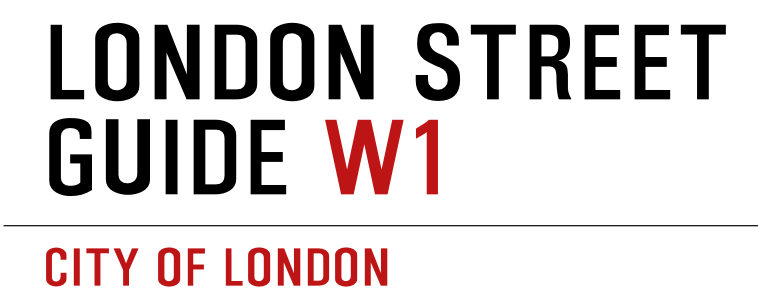Place Name
Beltane School was founded in Wimbledon in 1934 by teachers and others who had been forced to leave Germany for political reasons or because of their Jewish ancestry. The school’s intake initially as a primarily comprised of 30 German and Austrian emigrant children with an equal number of English children. It was one of the so-called Schools in Exile. The people behind it were German educationalists Ilsa and Ernst Bulova with English progressives Joan and Andrew Tomlinson. The school was named for the traditional Gaelic May Day festival, Bealtaine (anglicised as Beltane), traditionally held on May 1, the date of the school’s opening. Using the Montessori method, the school was regarded as innovative and iconoclastic compared to the English school system of the time. By 1937 there were 23 teachers and 200 students. At this point Beltane had begun offering places for 60 boarding students. At the start of the Second World War the school moved to Melksham, in Wiltshire, and eventually closed down. Meanwhile the original site of the school was repurposed into a small prisoner of war camp. Italian and German prisoners were housed in wooden huts and set to work on the land or in local factories. The camp was even adorned with a wooden model of Wimbledon windmill, built by the prisoners in their spare time. At the end of the war, a clandestine interrogation camp codenamed Inkpot was formed at Queensmere House (previously Beltane School). It was filled with civilian scientists and technicians who had been rounded up and brought to England following the German surrender. Here they were visited by representatives from various government departments, who interrogated them on a vast range of topics from gas turbines, and rocket fuels to parachute design. The intelligence gathered was used to draft reports that helped to develop British industry. This road was laid out in 1959 and named after the school.
![]()
